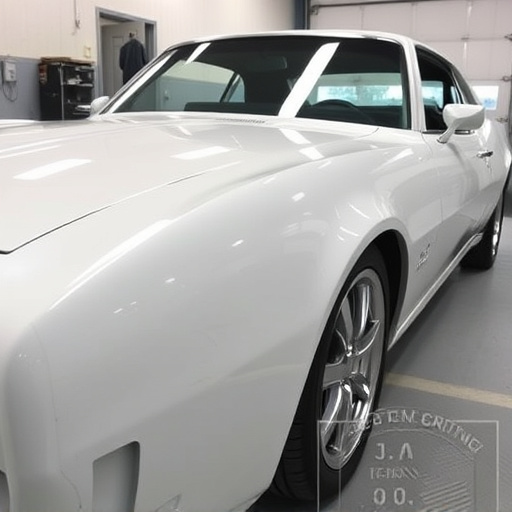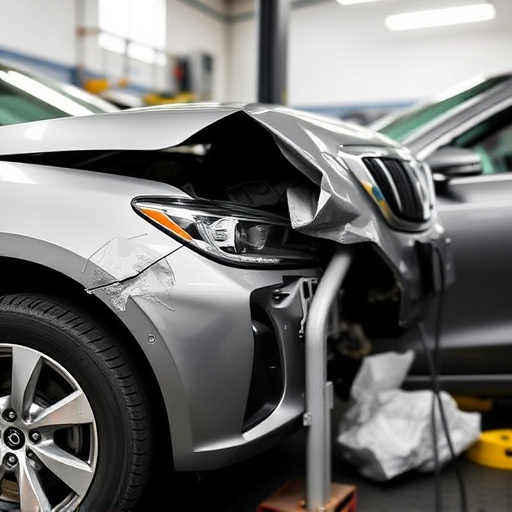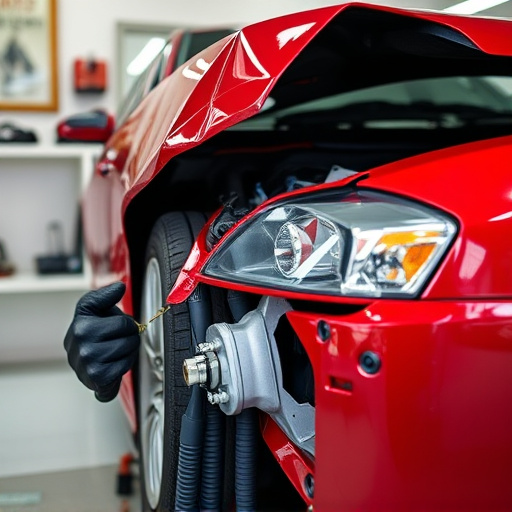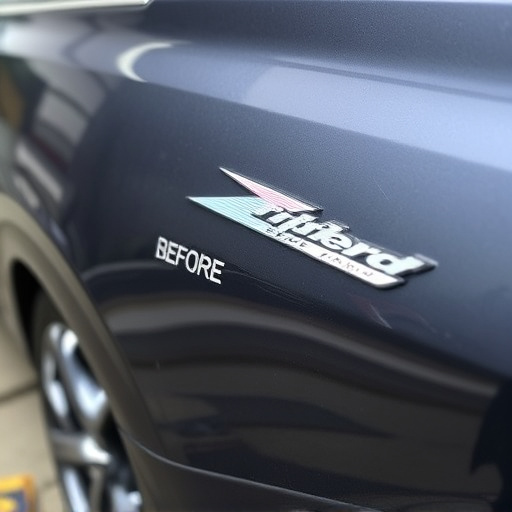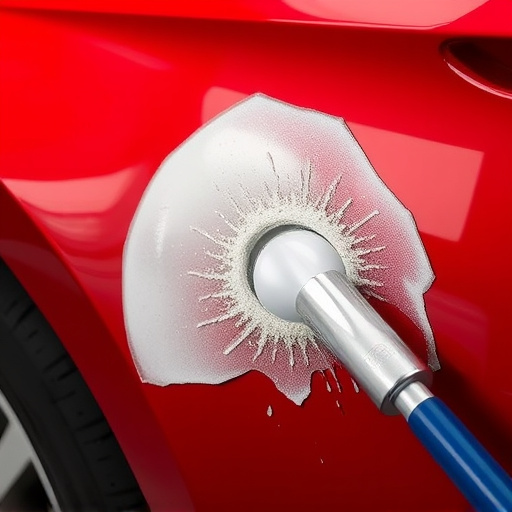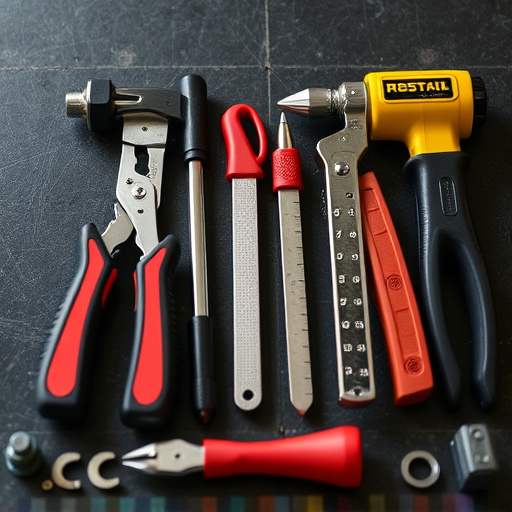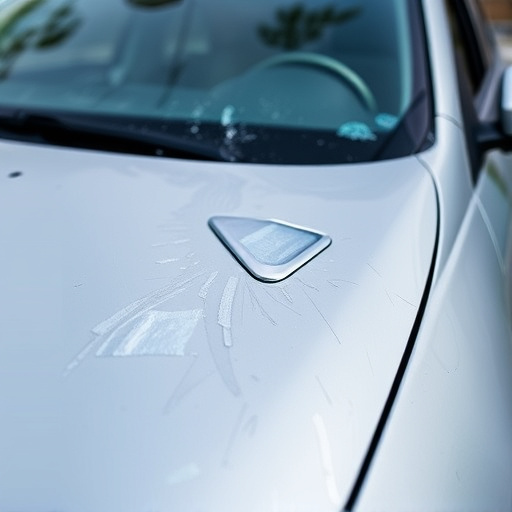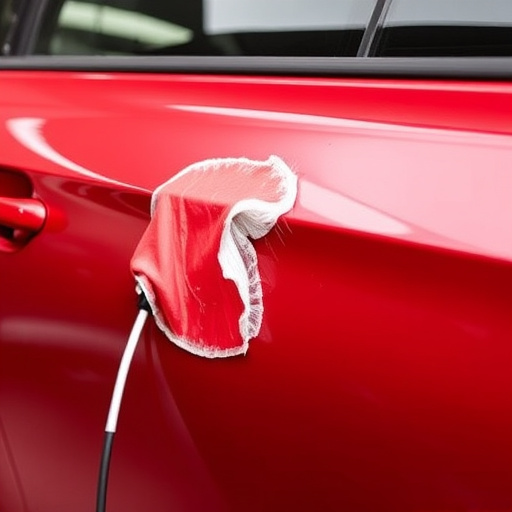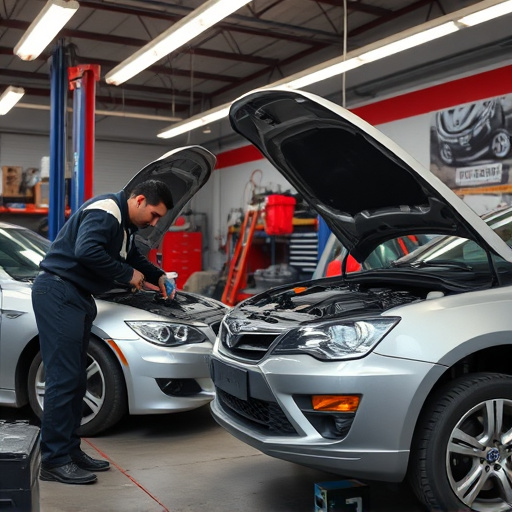Engaging customers with post-session surveys after customer repair education significantly improves future sessions. Analyzing feedback identifies strengths and areas for enhancement, fostering positive relationships and encouraging future engagement with educational initiatives in collision repair centers, focusing on vehicle body repair, car scratch repair, and hail damage repair.
After providing customer repair education sessions, collecting feedback is essential for continuous improvement. This article guides you through effective strategies to gather valuable insights post-training. We explore engaging customers, implementing structured feedback methods, and analyzing their input to enhance your customer repair education programs. By following these steps, you can ensure that each session meets and exceeds customer expectations, fostering a positive learning experience.
- Engage Customers Post-Session for Valuable Insights
- Implement Structured Feedback Collection Methods
- Analyze and Act on Customer Repair Education Feedback
Engage Customers Post-Session for Valuable Insights
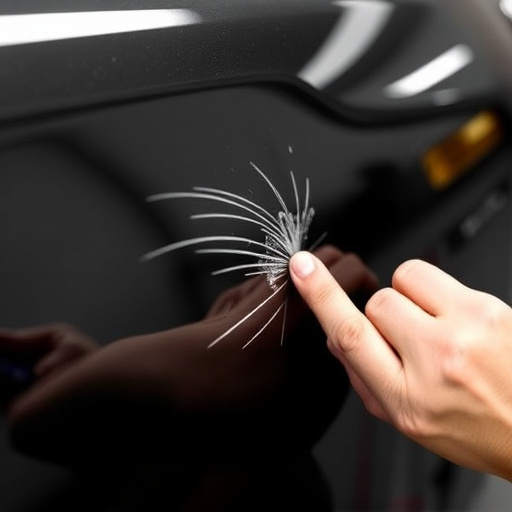
After delivering customer repair education sessions, engaging customers for their insights is a valuable step that can greatly enhance the learning experience and improve future sessions. One effective method is to send out post-session surveys or feedback forms, either digitally or via mail. These tools allow customers to share their thoughts on the session’s content, delivery, and overall usefulness. By asking specific questions about what they learned, any challenges faced during the repair process, and suggestions for improvement, you can gather valuable data that informs your training programs.
Encouraging open dialogue post-session not only benefits the educational aspect but also fosters a sense of partnership with your customers. It shows them that their opinions are valued and sought after, leading to stronger relationships within your car body shop or hail damage repair facility. This engagement can also provide insights into areas where additional training might be required, ensuring that future customers receive even better service during their car body repair journey.
Implement Structured Feedback Collection Methods

After delivering customer repair education sessions, collecting structured feedback is a crucial step to ensure continuous improvement and reinforce learning outcomes. This can be achieved through well-designed surveys or questionnaires that target specific aspects of the session, such as content clarity, instructor engagement, and overall satisfaction. By asking focused questions, you gain valuable insights into what customers found most beneficial and areas where enhancements are needed.
Structured feedback collection methods allow for consistent data gathering across all participants. This uniformity enables a comprehensive analysis of the educational experience, comparing performance improvement in various topics, like vehicle body repair, car scratch repair, or hail damage repair, based on pre- and post-session assessments. Using these data, you can tailor future sessions to better meet customer needs and expectations.
Analyze and Act on Customer Repair Education Feedback
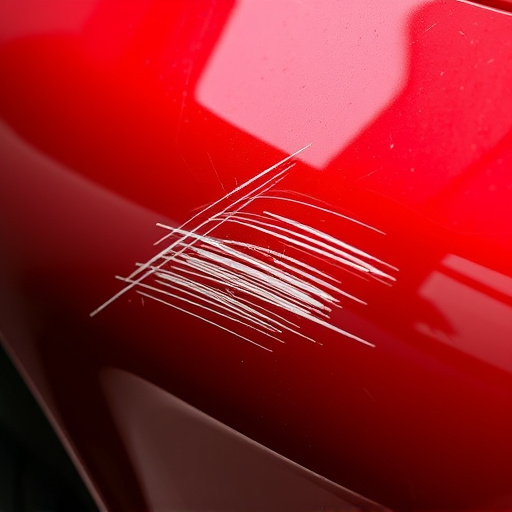
After gathering feedback from your customer repair education sessions, it’s crucial to analyze this data meticulously. Start by identifying common themes and trends in the responses—what aspects of the session were well-received, and where do customers feel improvements are needed? This analysis provides insights into areas that require tweaking or further development. For instance, if many participants mention difficulty understanding certain collision repair center procedures, consider refining those sections to ensure clarity during future sessions.
Act on this feedback promptly to enhance the overall customer experience. Implement changes based on the input received, showing your commitment to continuous improvement. This could involve updating teaching materials for fender bender or car damage repair topics, providing additional resources, or even restructuring the session format. By incorporating customer feedback, you demonstrate that their opinions are valued, fostering a positive relationship and encouraging future engagement with your collision repair center’s educational initiatives.
By actively engaging customers post-session and implementing structured feedback collection methods, you can gather valuable insights to enhance your customer repair education programs. Analyzing and acting on this feedback ensures continuous improvement, fostering a more effective and satisfying experience for both customers and educators. Incorporating these strategies into your approach allows you to optimize your customer repair education initiatives, ultimately driving better outcomes and stronger customer relationships.
